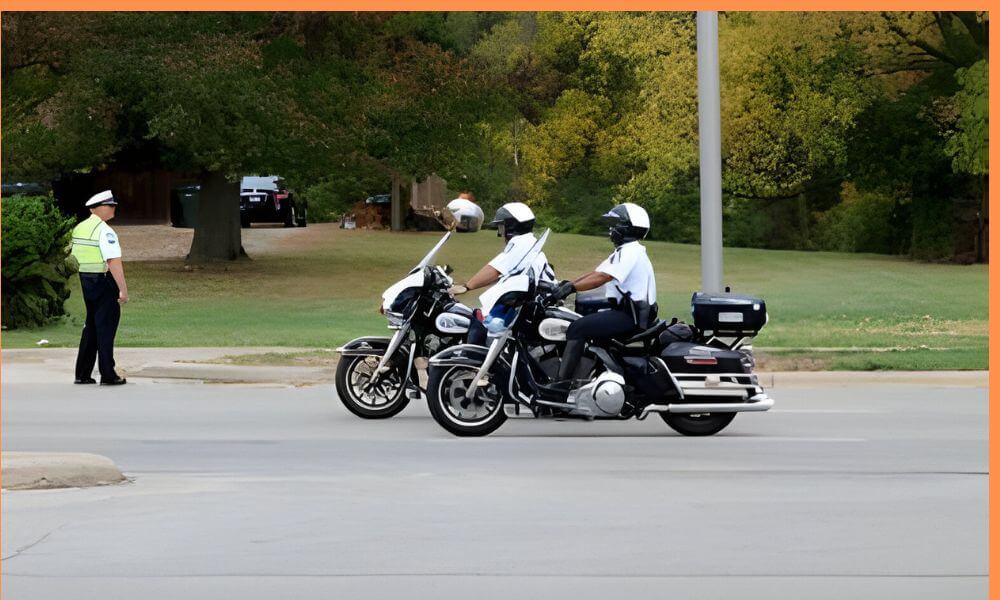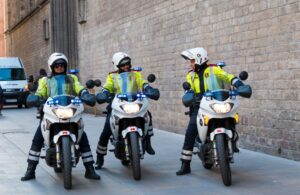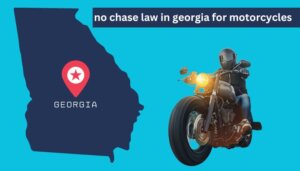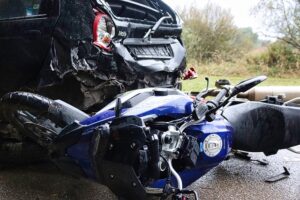Lawyer or attorneys practice in a variety of fields, including family law, commercial law, personal injury, criminal defense, and others.

High-speed police chases involving motorcycles have long captured our imaginations through movies and television shows. However, in real life, law enforcement agencies face significant challenges when pursuing motorcycle offenders.
Ohio, like many other states, grapples with finding the right balance between apprehending criminals and ensuring public safety during pursuits.
What Are Motorcycle No-Chase Laws?
Motorcycle no-chase laws, also known as no-pursuit rules, provide guidelines for police officers when pursuing motorcycle riders who have broken the law. Contrary to what the name suggests, these laws do not outright prevent officers from chasing motorcyclists. Instead, they emphasize safer alternatives to high-speed pursuits. Some of these alternatives include:
- Blocking Roadways Ahead: Police cars can strategically block the road ahead to stop a suspect without engaging in a dangerous chase.
- Surveillance and Traffic Cameras: Utilizing surveillance and traffic cameras along the route to monitor the suspect’s location.
- Helicopters and Airplanes: Deploying police helicopters and airplanes to track the suspect’s movements.
Motorcycle No-Chase Laws in Ohio
Lack of Standard Police Chase Laws
Ohio does not have standardized police chase laws. With 29 law enforcement agencies in Montgomery County alone, each department operates independently when it comes to chases. This decentralized approach highlights the need for clear guidelines to protect officers, the public, and suspects during pursuits.
Relevant Ohio Revised Code
While Ohio lacks specific motorcycle no-chase laws, the state’s Revised Code includes relevant provisions. For instance, Section 4511.53 prohibits operating a motorcycle with handlebars rising higher than the operator’s shoulders while seated. This regulation indirectly influences the pursuit of safety by addressing motorcycle design.
General Pursuit Rules
Ohio’s general pursuit rules apply to all vehicles, including motorcycles. According to the Ohio Attorney General, no person should fail to comply with lawful orders from police officers or willfully elude them after receiving a visible or audible signal to stop. These rules emphasize the importance of balancing enforcement with safety.
Read More – No Chase Law for Motorcycles: A State-by-State Guide
What are the statistics on motorcycle chases in Ohio?
From 2018 to 2022, a total of 18,980 motorcycle-involved crashes occurred on Ohio roadways. These crashes included:
- 927 fatal crashes, resulting in the tragic loss of 953 motorcyclists and 13 others.
- An additional 5,296 motorcyclists were seriously injured in these accidents
Conclusion
Motorcycle no-chase laws recognize that apprehending offenders should not come at the cost of endangering lives. While Ohio lacks specific legislation, existing provisions and general pursuit rules guide law enforcement officers in making informed decisions during pursuits. Striking the right balance remains crucial to ensuring justice while safeguarding everyone involved.









